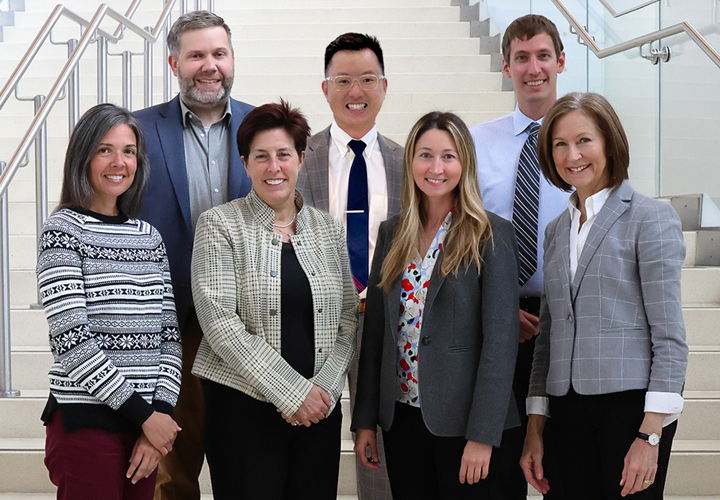The Ohio State University Wexner Medical Center
Columbus, Ohio
Escalating healthcare costs have driven payors to implement complex prior authorizations (PAs) and step therapy protocols, which often delay access to essential infusion treatments. In some cases, payors have developed formulary preferences to favor specific products when they are therapeutically interchangeable or used interchangeably in practice. Examples of these include biosimilars and intravenous (IV) iron products, with an emerging trend to include 505(b)(2) products in this practice. Prior to implementation of our auto-selection program, our organization experienced numerous patient care delays and our staff carried unnecessary administrative burden to facilitate order changes to payor preferred products.
To address these challenges, The Ohio State University Wexner Medical Center implemented an automated product selection program in its electronic health record (EHR) system. We began with the creation of a proprietary calculator that used the following inputs: payor preferences, contractual reimbursement rates, and purchasing contracts. This calculator generates a preferred product for each of our major payors which is then reflected in our various auto-selection tools.
Phase I of the program was the implementation of rule-based advanced order groups (AOGs) to automatically select our payor specific preferred biologic products in the oncology setting. This is applied at the time an oncology treatment plan is placed for an individual patient. Phase II was implementation of an EHR tool that suggests the most appropriate treatment plan for a patient if they have iron deficiency anemia on their problem list. It also includes clinical decision support to suggest a plan specific to patients who are pregnant. The next phase is to apply the AOG functionality to auto select either the originator or the 505(b)(2) product, which requires division of the medication record to allow for manufacturer specific J-code documentation.
Key measures of program success include decreasing the average turnaround time of biosimilars by 37%, increasing biosimilar usage by 64%, decreasing reference product utilization by 30%, and decreasing medication denials and write offs by 75%. A survey of pharmacists revealed high satisfaction related to the program, with 94% indicating the biosimilar tool positively impacted job performance and patient care.
Our automated product selection program has proven to be a valuable resource by improving medication access and decreasing the administrative burden on pharmacy team members, while optimizing the financial outcomes of our organization. This program exemplifies how health systems can leverage technology to balance patient care with operational and financial efficiency.
 Back Row, Left to Right: Stephen Polley, Christian Tulio, Jeffrey Pilz
Back Row, Left to Right: Stephen Polley, Christian Tulio, Jeffrey Pilz
Front Row, Left to Right: Kammy Cunningham, Sarah Hudson-DiSalle, Julie Kennerly-Shah, Marjorie Neidecker
